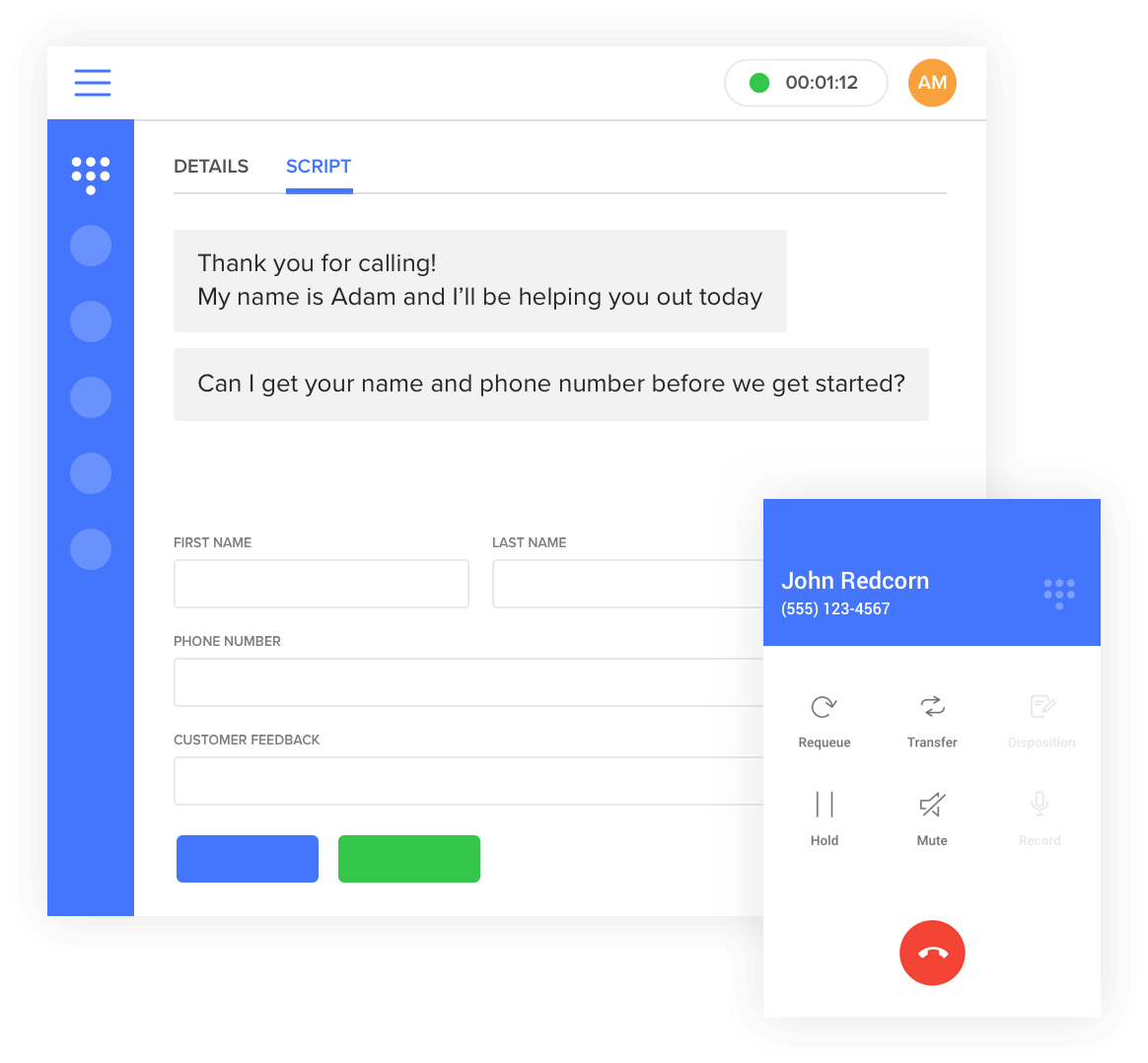Telecommunications technologies are evolving fast. But one of the key changes in the evolution of telephony was the advent of IP Telephony. At a time when ISDN lines (Integrated Services Digital Network) have an expiry date of 2025, it’s time to explore IP Telephony; what it is and how it could help to transport your business into the digital age.
What is IP Telephony?
IP Telephony (Internet Protocol Telephony) is the term used to describe data communications which exchange phone calls, voice, fax and other forms of communications over the internet. Where traditionally, voice calls would be carried via analogue PSTN lines (Public Switched Telephone Network), IP Telephony transports this voice data in packets via a LAN (Local Area Network) or the internet.
Benefits of IP Telephony
Cost savings, mobility and scalability, are cited as some of the key advantages of switching to IP Telephony.
1. Cost
With IP Telephony, unlike with traditional phone system, the cost to your business is generally consistent and predictable as the charges that occur come from the internet service provider.
2. Mobility
With a rise in remote working, hotdesking and co-working and hybrid setups, the use of IP Telephony significantly improves your ability to be agile, allowing your teams to set up their phone service from anywhere.
3. Unified Communications
IP telephones are popular for the reliability of connectivity and transporting voice data over the internet. The popularity of IP telephony systems has also enabled the development of UC (Unified communications) which allow businesses to benefit from communications functionality, including voice calls and video conferencing all in one platform.
4. Scalability
Using IP Telephony over analogue telephony means you don’t have to pay separately to add new phone lines. Having a landline service means each line is payable, whereas with IP Telephony Services, there are far fewer restrictions and lines can be added quickly and easily, allowing you to scale up or down.
IP and VoIP Telephony
While these two terms are used synonymously, there is a difference between IP and VoIP telephony (Voice over IP). The essential difference is the type of data traffic we’re referring to. Namely, when using the term VoIP or voice over internet protocol, this means, for the most part, voice traffic via VoIP calls. Essentially VoIP systems are simply a subcategory of IP technologies.
A VoIP phone means that that phone system is designed to transfer voice traffic via the internet connection exclusively. In contrast, IP technology can transfer voice, fax and messaging and other data traffic.
In essence, VoIP services offer a specific mode which can transfer voice signals from analogue to digital and transport these signals via the internet.
How do IP Telephones work?
IP telephone technologies work in the place of traditional landline phone networks and telephone systems. With an IP phone, internet protocol and LAN are used to transport phone calls and other information via your ISP’s network.
IP telephones work by scanning and identifying the speakers’ analogue voice signals and turning that into a digital version of those signals. These digital signals are then transmitted via a broad line in a data format, essentially reconfiguring a phone conversation and directing them via an IP system into the network and then out to be received by the receiver’s network internet connection.
While the workings of an IP telephone seem complicated, the use of IP technology can make your business much more efficient by simply operating one internal network to replace traditional phone lines.
IP Telephony Deployment Models
- Single site
For single-site model deployment, as the name suggests, the call processing agent will be located at a single site, and a LAN is used to carry traffic internally. Calls beyond the LAN will use PSTN.
- Multisite WAN with centralised call processing
With Multisite WAN and centralised call processing, the IP WAN would be used to transport voice data from one site to the other. Call control signalling would also be carried via the IP WAN between the central site and external sites.
This model is ideal if your business has a central site with multiple smaller sites. However, if your business requires full features even in the case of a WAN outage, it might be best to consider alternative models.
- Multisite WAN with distributed call processing
Multisite WAN with distributed call processing can be deployed at multiple different sites, and each would have their own call processing agent. Connected to PSTN or IP-WAN or a combination of the two, voice data can be transferred reliably and there is no loss of functionality due to call processing agents at each site. This model is best used for businesses with multiple sites in different regions.
- Clustering over the IP WAN
Larger organisations with users across several different sites might consider this deployment model. Each site would be connected via IP-WAN with QoS features. The advantages of this model include having a unified plan, shared line appearances and feature transparency.
Features of IP Telephony
IP Telephony empowers businesses with a much broader range of functionality and capabilities to make their business much more efficient in a modern working landscape. Below are just a small selection of the numerous advantageous features of an IP phone system (IP PBX).
HD voice: Essentially ‘High Definition’ voice means users can leverage a more seamless, clearer quality of sound that wipes out background noise.
One number: Investing in IP technology allows users to have one single phone number to call from different handsets.
Least call routing: Least call routing (LCR) allows you to economise by letting the system automatically establish the best way to route your calls. This ensures that the pre-set, lowest cost option will be selected as the routing path for each external call.
Call handoff: Call handoff is a feature that means users can switch from one device to another seamlessly and without audible disruption. For example, users coming to the end of their day can switch from a desktop (softphone) to their mobile device to continue their call as they shut down.
Fixed-mobile convergence: For many roles such as sales and client servicing or support, businesses need an ‘always on’ model for these profiles. Fixed Mobile Convergence means that a mobile phone can act as another hub with all the functionality of the phone system including call transfer and conference features etc.
IP Telephony Protocols
Session Initiation Protocol
Session Initiation Protocol (SIP) is a signalling protocol which establishes a ‘session’ between two or more participants.
H.323
Similar to the SIP protocol, H.323 boasts the same functionality. The H.323 protocol is used for the initiation, modification and termination of a session.
Real-time Transport Protocol (RTP)
This protocol features a packet format for the transmission of audio or video in packet format across the internet. This is mostly employed for streaming television services, video conferences, and voice media.
Real-Time Transport Control Protocol (RTCP)
This protocol works in tandem with RTP and is defined in RFC 3550. It is the protocol accountable for transmitting control packets the respective recipients of a call.
Secure Real-time Transport Protocol (SRTP)
Secure Real-time Transport Protocol is defined as RFC 3711 and is used for WebRTC technology as one of the security protocols, adding security elements such as message authentication and confidentiality.
Session Description Protocol (SDP)
Published as RFC 4566, SDP is the internet protocol standard of defining the type of multimedia communication session for session announcements and invitations. This protocol is commonly used in support of streaming video conferences and voice over IP application.
Originally published Nov 16, 2020, updated Dec 13, 2023


